University lays out preparation in case of outbreak
Brynn Lundy/The Lion's Roar
Sign posts in the University Health Center advise students to wear masks and sanitize their hands. Several university stations instruct students to be cautious of their actions to combat the spread of COVID-19.
As the fall semester nears its halfway point, the university has avoided an outbreak of COVID-19. Faculty and staff have continued working to prevent one, but they have plans in place should an outbreak occur.
According to the Louisiana Department of Health, there are currently 1409 cumulative COVID-19 cases among students attending in-person classes in higher education institutions in Louisiana. As of Sept. 28, the university reported 55 student cases and 11 faculty/staff cases since the beginning of the fall semester.
Mike Rivault, senior director of university marketing and communications, explained that while the university has experienced positive cases, the numbers have been low so far.
“Southeastern’s numbers have been very low, and we are now reporting numbers to the Louisiana Department of Health according to their definitions and parameters,” stated Rivault.
Though the university has yet to experience a widespread outbreak, Rivault clarified what conditions would have to be met in order for an outbreak to be declared.
“An outbreak has been defined for Louisiana Department of Health reporting as ‘identification of two or more cases with the same exposure within a 14-day period where exposure refers to the same dormitory, fraternity/sorority, social event, class, etc,’” explained Rivault. “As numbers of positive cases may change or increase, the university would assess the situation based on multiple factors in the region and state to determine any changes in operations.”
If the criteria for an outbreak was met, Rivault explained that the response of the university would depend on the situation.
“Depending on many factors, the university would determine the best course of action in consultation with public health officials in our region and state officials,” said Rivault. “Were the need to decrease overall campus occupancy develop, decisions could be made to return to a previous phase of operations with more remote work and learning.”
Regarding other possibilities, such as an outbreak of COVID-19 in Hammond, Rivault shared that faculty and staff would have to carefully assess the situation to determine their response.
“As with other decisions, as we work with regional public health leaders, decisions and plans would be made based on many factors,” explained Rivault. “There is no ‘one size fits all’ solution, so it is difficult to know if closures or fully remote operations would be required again.”
Rivault also explained how the university collects information about COVID-19 cases.
“Positive cases are reported both voluntarily by students, faculty and staff as well as via testing at the Health Center,” said Rivault. “All students should be following the self-check guidelines provided by the CDC and the student protocols developed at Southeastern and report the situation through Southeastern’s LINK Network accordingly.”
Even though the university has reported a number of COVID-19 cases, Rivault explained that the university feels it has handled the situation appropriately.
“At this time, we feel we are operating in an appropriately safe manner for the current phase,” said Rivault.
In an email message to faculty and students, university president Dr. John L. Crain echoed a similar sentiment.
“Thanks to our faculty, staff and students working together in this very unusual environment, our fall semester, as unique as it is, has gotten off to a strong start and is progressing relatively well,” said Crain. “We continue to offer robust educational opportunities and support services to our students while the number of confirmed positive COVID-19 cases remains very modest.”
Your donation will support The Lion's Roar student journalists at Southeastern Louisiana University.
In addition, your contribution will allow us to cover our annual website hosting costs.
No gift is too small.
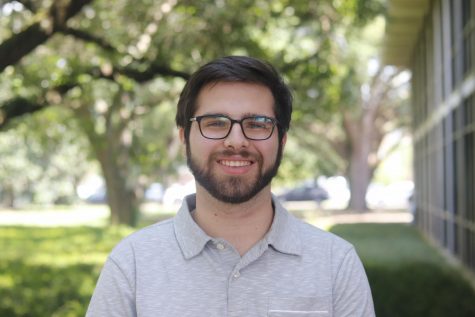
Dylan Meche is a Political Science major from Baton Rouge and serves as Opinions Editor. He has been a reporter for The Lion's Roar since August of 2019....


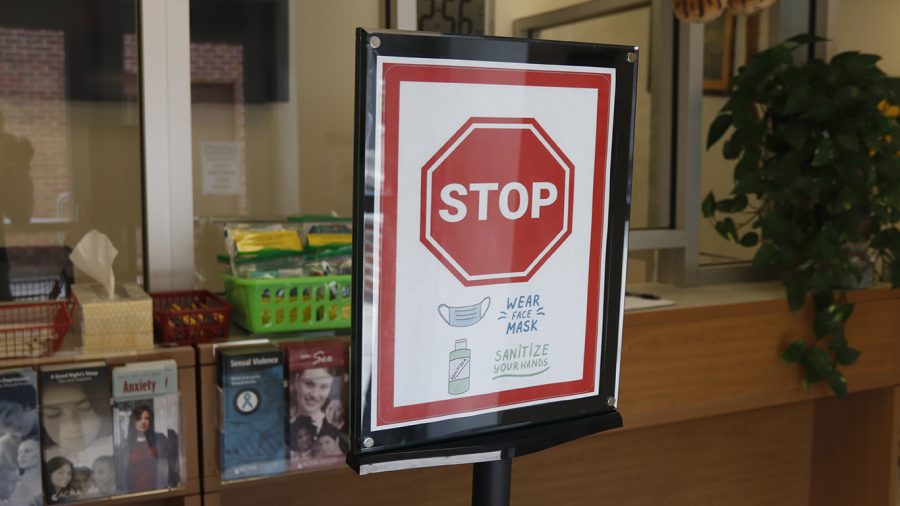
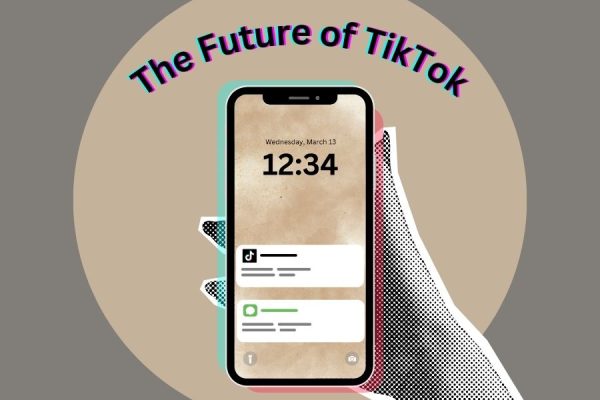



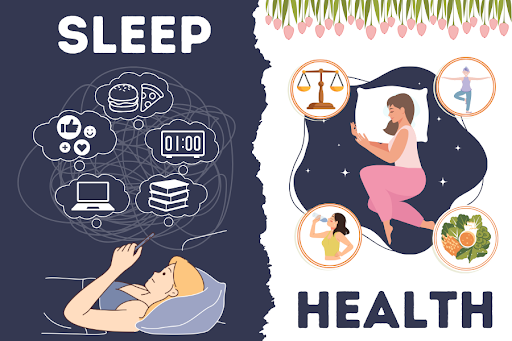
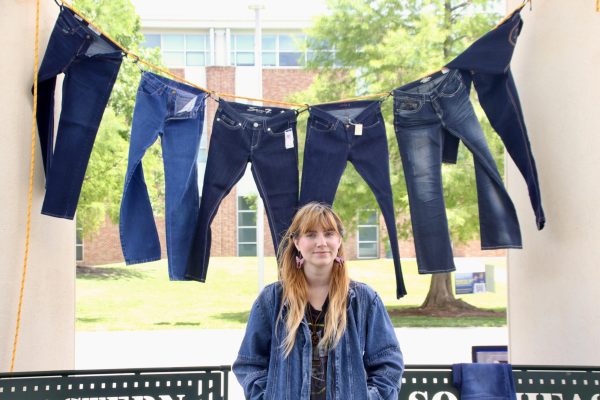


Rebecca Shields • Sep 29, 2020 at 1:46 pm
Does Southeastern plan to make these numbers readily available on the university website? Southeastern College Democrats reached out to the administration about two weeks ago about this and was met with silence.
Also, how is the university contact tracing to determine that none of these cases constitute an outbreak?